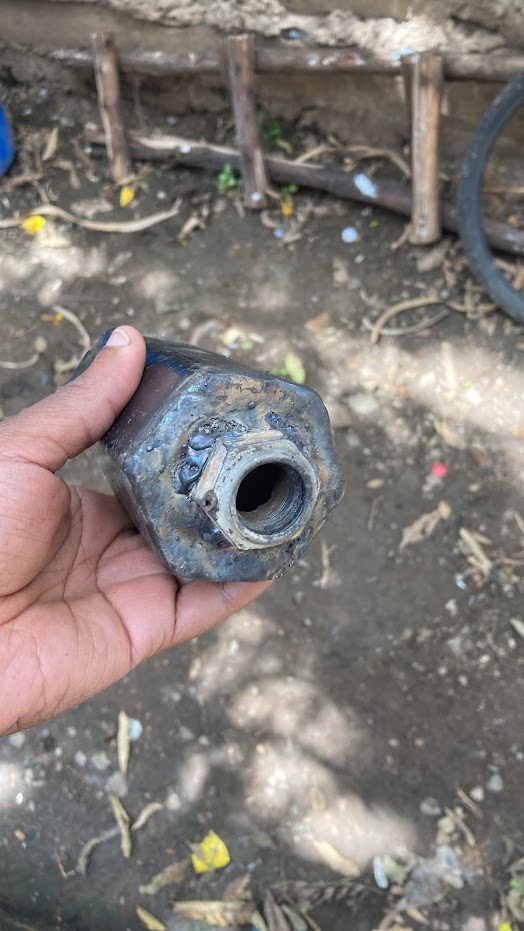I recently bought a DFRobot Solar Power Manager 5V, which is a small and efficient solar power management module designed for 5V solar panels. It can charge a 3.7V Li-ion battery and provide 5V/1A regulated output for various devices such as Arduino, Raspberry Pi, sensors, etc.
However, I ran into a problem when I tried to connect my 9V solar panel to the module. The module has a maximum input voltage of 6V, so it wasn't compatible and could destroy the Solar Power Manager.I needed a way to step down the voltage from 9V to 5V without losing too much power.
That’s when I decided to use a buck converter, which is a type of DC-to-DC converter that can reduce the input voltage while increasing the output current. A buck converter consists of a switch, a diode, an inductor, and a capacitor. By switching the input voltage on and off at a high frequency, the buck converter can control the average voltage across the load.
I bought a buck converter module that can handle up to 36V input and output 1.25V to 32V with a maximum current of 3A. I adjusted the potentiometer on the module to get a 5V output and connected it between the solar panel and the solar power manager. I also added a multimeter to measure the input and output voltages and currents.
The buck converter worked like a charm. It successfully reduced the 9V input to 5V output with a high efficiency of about 90%. The solar power manager was able to charge the battery and power the load without any issues. I was very happy with the result and learned a lot about buck converters and solar power management.
Here are some pictures of my setup:














